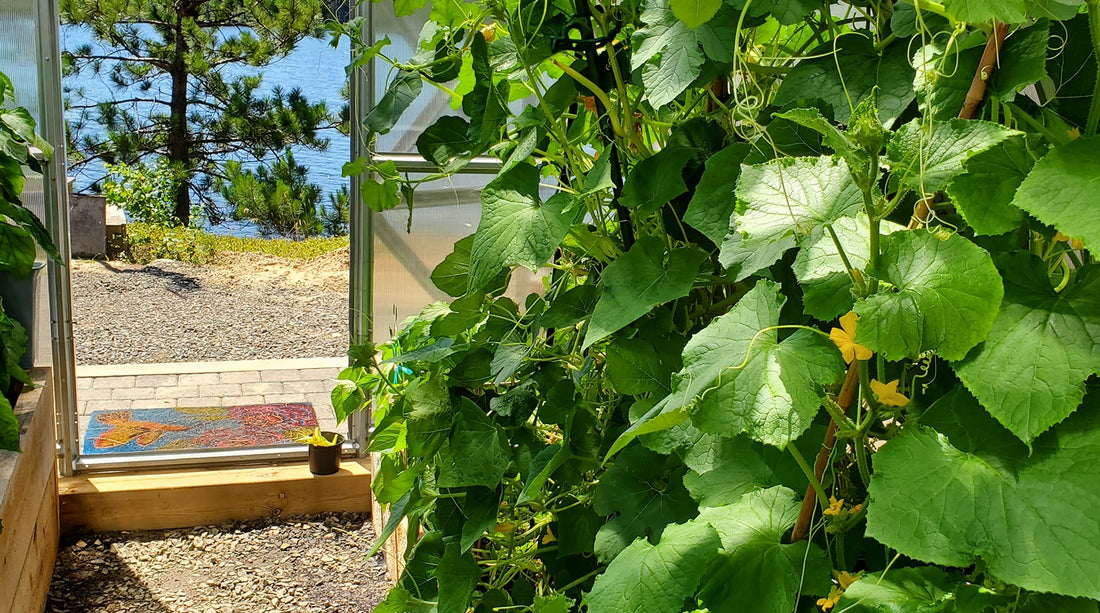If you're looking to maximize your gardening greenhouse space, companion planting of cucumbers, beans, and dill is a great option. This growing technique works well in all types of greenhouses, from compact ones to large ones.
The reason this technique works is that cucumbers and beans grow and spread out on trellises and poles, while dill plants have a lower profile and fill the growing space closer to the floor. Since these plants have similar growing conditions and requirements, they can be grown together, which can increase your greenhouse yield significantly.

To ensure each plant has enough space to grow, you should space cucumbers and beans 6 inches apart and plant the dill plants between them. Use a trellis or other vertical support structures to grow the beans and cucumbers, which allows you to use up the vertical growing space in the greenhouse while leaving room below for the dill to flourish.
Advantages of Planting Cucumbers, Beans, and Dill Together through Companion Planting
Beans will fix valuable nitrogen in the soil, which is an essential element for the growth of both the cucumber and the dill.
Dill will naturally repel some pests that could harm your cucumber and bean plants, while the bean plants attract beneficial insects like ladybugs and lacewings that help control pests by eating them. When it's time to harvest, you'll have a nutrient-rich yield.
Cucumbers are a good source of dietary fiber, vitamin C, and potassium, while the beans will provide you with protein, fiber, and several vitamins and minerals. Dill is a good source of vitamin C, iron, calcium, and manganese.



Pro tips to ensure you get a great harvest:
- Provide well-drained soil and adequate water (do not over-water) for each plant.
- Keep an eye out for pests and diseases. While Dill is a good pest repellant, it won’t deter all pests. Keep an eye out for pests and diseases, and use neem oil to control cucumber beetles and aphids if they become an issue in your greenhouse.
By following these tips and utilizing companion planting, you can maximize your greenhouse space and have a healthy and productive harvest.

